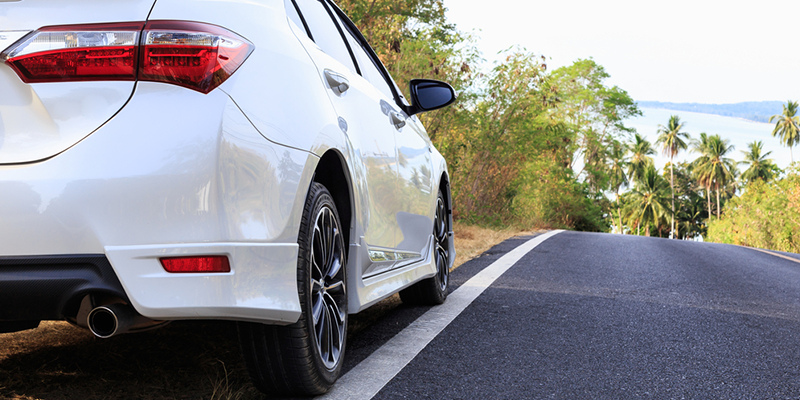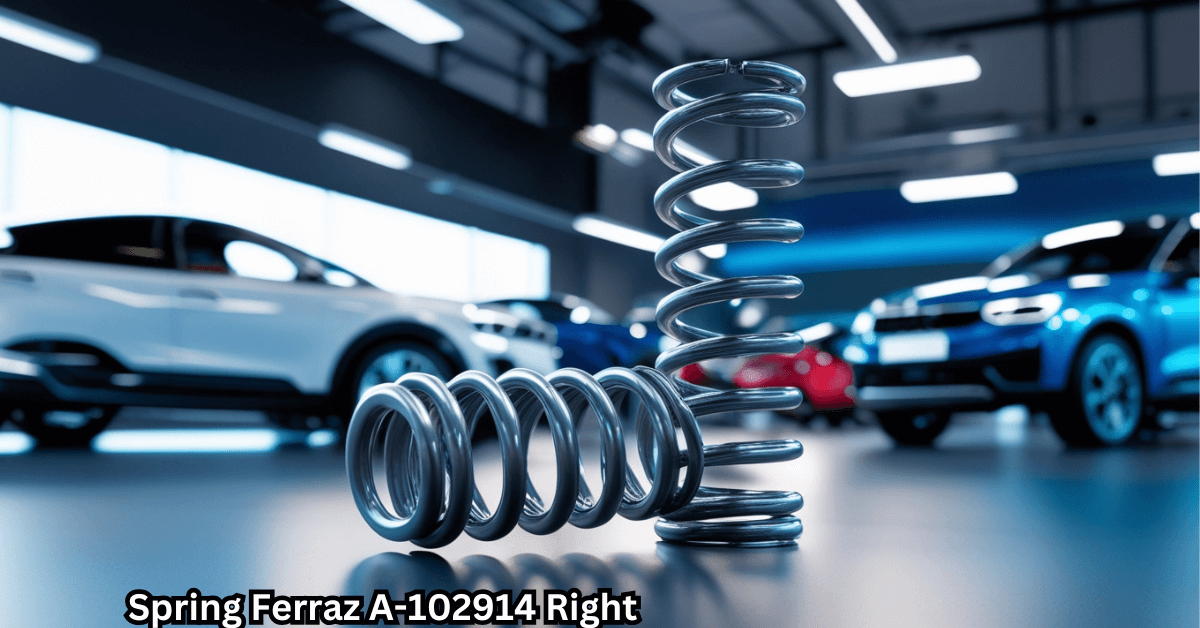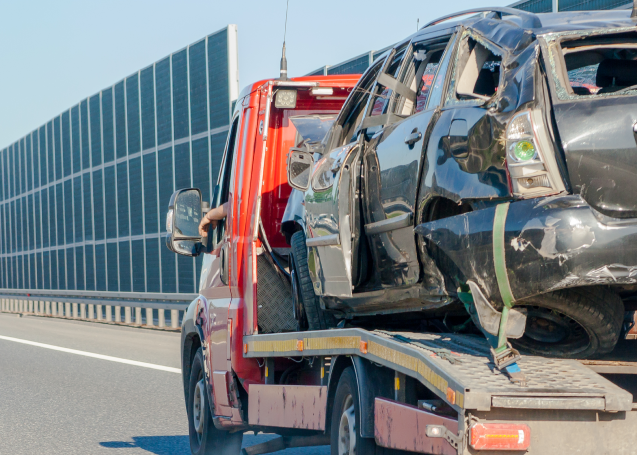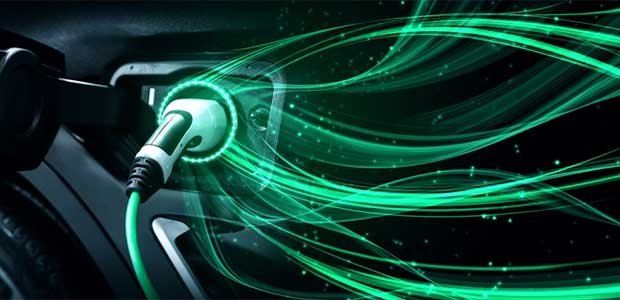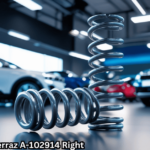This article is aimed at new car owners and first-time drivers, offering essential guidance on maintenance and troubleshooting. It highlights the importance of understanding basic car issues to build confidence, ensure safety, and prevent minor problems from turning into costly repairs. The post will cover key tips, such as interpreting dashboard warning lights and jump-starting a car, helping readers become more informed and capable drivers.
Understanding Dashboard Warning Lights
Dashboard warning lights can often be the first sign that something is amiss with your vehicle. These lights are your car’s way of communicating with you, alerting you to potential issues before they become serious. Familiarizing yourself with these signals can help you take timely action and avoid bigger problems down the road.
One of the most common lights you’ll see is the “check engine” light. While it might be tempting to ignore this, it’s important to understand what could be causing it. It could be something minor, like a loose gas cap, or something more significant, such as an engine malfunction.
Other essential warning lights include the oil pressure light and battery warning light. If the oil pressure light illuminates, it’s crucial to check your oil levels as soon as possible to prevent engine damage. Similarly, a battery warning light could indicate that your battery isn’t charging properly, and it’s worth investigating to avoid getting stranded.
Checking and Topping Up Fluids
Keeping an eye on your car’s fluid levels is a fundamental aspect of vehicle maintenance. Proper fluid levels ensure that your car runs smoothly and efficiently, and they play a vital role in preventing wear and tear on your vehicle’s components.
Start by checking your engine oil. Pull out the dipstick, wipe it clean, reinsert it, and then remove it again to see where the oil level stands. If it’s too low, top it up with the recommended oil for your vehicle. Regular checks can help prevent engine damage and prolong your car’s lifespan.
Next, don’t forget about the coolant, which prevents your car from overheating. You can check this by looking at the coolant reservoir; it should have markings indicating the minimum and maximum levels. Ensure it’s topped up to keep your engine at the right temperature.
Lastly, brake fluid is critical for your safety. Low brake fluid can affect your car’s braking performance, so it’s crucial to maintain the right level. If you notice it dropping frequently, it might indicate a leak that needs professional attention.
Jump-Starting a Car
A dead battery is a common issue that many drivers face, but knowing how to jump-start your car can save you a lot of hassle. This skill is not only useful in emergencies but also helps you assist others in need.
First, you’ll need a set of jumper cables and another vehicle with a charged battery. Park the vehicles close enough for the jumper cables to reach both batteries. Turn off both cars and attach one end of the red cable to the positive terminal of the dead battery and the other end to the positive terminal of the charged battery.
Next, connect the black cable to the negative terminal of the charged battery and the other end to an unpainted metal surface of the car with the dead battery. Start the car with the charged battery, and then try starting the car with the dead battery. Once it starts, remove the cables in reverse order.
Remember, jump-starting is a temporary fix. It’s essential to get your battery checked afterward to ensure there aren’t underlying issues that need addressing.
Changing a Flat Tire
Getting a flat tire is one of those inevitable parts of driving, but changing a tire doesn’t have to be frustrating. With a little practice and the right tools, you can change a tire safely and quickly.
First, ensure your car is parked on a flat surface and turn on your hazard lights. Use a wrench to slightly loosen the lug nuts on the flat tire. Then, place the jack under the vehicle’s recommended lifting point and raise the car until the tire is off the ground.
Completely remove the lug nuts and take off the flat tire. Place the spare tire onto the wheel hub, and hand-tighten the lug nuts. Lower the car back down and tighten the lug nuts in a crisscross pattern to ensure they’re secure.
It’s important to drive cautiously on a spare tire and get the flat tire repaired or replaced as soon as possible.
Identifying Common Noises and What They Could Mean
Cars often communicate issues through unusual noises. Recognizing these sounds can help you diagnose potential problems and decide whether they require immediate attention or can wait for your next service appointment.
A squealing noise might indicate worn-out brake pads. It’s a good idea to get them checked to ensure your braking system is functioning correctly. Ignoring this could mean replacing the rotors as well, which is more expensive.
A constant rattling sound might suggest a loose part in the engine bay or exhaust system. While it may not always be urgent, it’s worth investigating to prevent further damage.
Knocking noises, especially from the engine, could be more severe, often signaling issues with the engine’s components. If you hear knocking, it’s best to consult a professional mechanic to avoid costly repairs down the line.
Importance of Regular Maintenance
Regular car maintenance is the key to keeping your vehicle in optimal condition. Using quality auto repair equipment like those in Utah, consistent check-ups not only enhance your car’s performance but also extend its lifespan. Many common car issues can be avoided with regular maintenance.
Start by sticking to your car’s service schedule. Routine oil changes, filter replacements, and inspections ensure that everything is running smoothly. Regular visits to your mechanic can catch potential issues early, saving you from expensive repairs later on.
Additionally, keeping your tires in good shape with regular rotations and alignments ensures better fuel efficiency and safety on the road. Don’t forget regular brake inspections, as brakes are crucial for your safety.
In essence, regular maintenance is an investment in your car’s longevity and reliability. It gives you peace of mind, knowing that your vehicle is safe and efficient.
Quick Guide to Emergency Kits
An emergency kit is an essential component of any car. Having the right tools and supplies on hand can make a world of difference when you’re stuck on the side of the road.
Start with a basic tool kit that includes items like screwdrivers, pliers, and a wrench. These tools are invaluable when you need to perform minor repairs or adjustments on the go.
Jumper cables, a flashlight, and a first-aid kit should also be part of your emergency supplies. These items ensure you’re prepared for a range of situations, from a dead battery to a minor injury.
Finally, consider including a reflective triangle or vest, bottled water, and non-perishable snacks. These additions can keep you visible and comfortable while waiting for assistance.
Conclusion
Now that you’re equipped with essential car maintenance skills and knowledge, you can confidently handle common issues that may arise while driving. Remember to prioritize safety and seek professional help when needed. With regular maintenance and a well-stocked emergency kit, you’ll be ready for any road trip or unexpected situation on the road.

